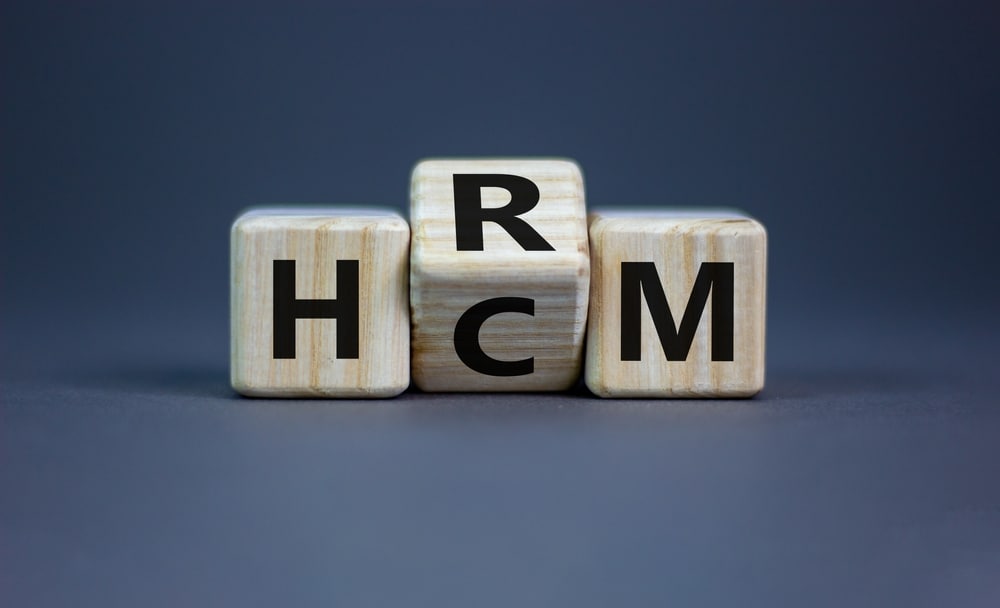There are a few key acronyms that human resource professionals and business owners or managers will often have to be aware of, and two great examples that are often used interchangeably here are HRM and HCM. Short for human resource management and human capital management, it’s true that these two terms can bleed into one another in some ways – but it’s also important to know their differences.
At WTA Inc., we’re here to serve as Salt Lake City’s top professional employee organization (PEO), offering numerous services that range from broad themes like these all the way to specifics like liability management, immigration compliance and more. How should you be thinking about these two terms, how do HR professionals manage each of them, and what else do you need to know here?
What is HRM?
Human resource management refers to various processes that focus on administrative human resource functions. For instance, things like payroll, benefits, compliance, policy enforcement, and employee relations all fall into the HRM category.
For many, it’s easier to consider HRM the “specific” category here. It deals with all the various functions and processes that a business needs to perform when it comes to taking care of its employees.
What is HCM?
Human capital management, meanwhile, deals in broader areas – in fact, most consider HRM to be a sub-category of HCM. The broad goal of HCM is finding ways to maximize the value of employees for a business.
This isn’t to say that employees are treated impersonally or like robots within the realm of HCM – that’s why HRM is a key component here. It’s about taking a high-level look at the people who work for your business, and finding ways to ensure that their skills and talent are utilized in an effective manner.
History of Both
Both of these approaches to workplace environment have existed for decades, but HRM is definitely the original of the two. In the early 1960s, it was clear that the American workplace was trending toward a more level playing field for employees, from the Equal Pay Act of 1963 to the Civil Rights Act of 1964. As a result, HRM arose organically due to the need for employers to properly manage the employees that they were hiring.
HCM, meanwhile, is a slightly more modern approach. It started gaining traction in the later parts of the 20th century, as corporate America started to realize the value of their employees as a whole.
By understanding the differences between HRM and HCM, employers can more effectively understand how best to manage their workforce – and that’s where WTA Inc. comes in! Our team is here to help navigate these waters with ease, providing Salt Lake City businesses with any number of services that are designed to help maximize the value of their employees. Reach out today for more information!


